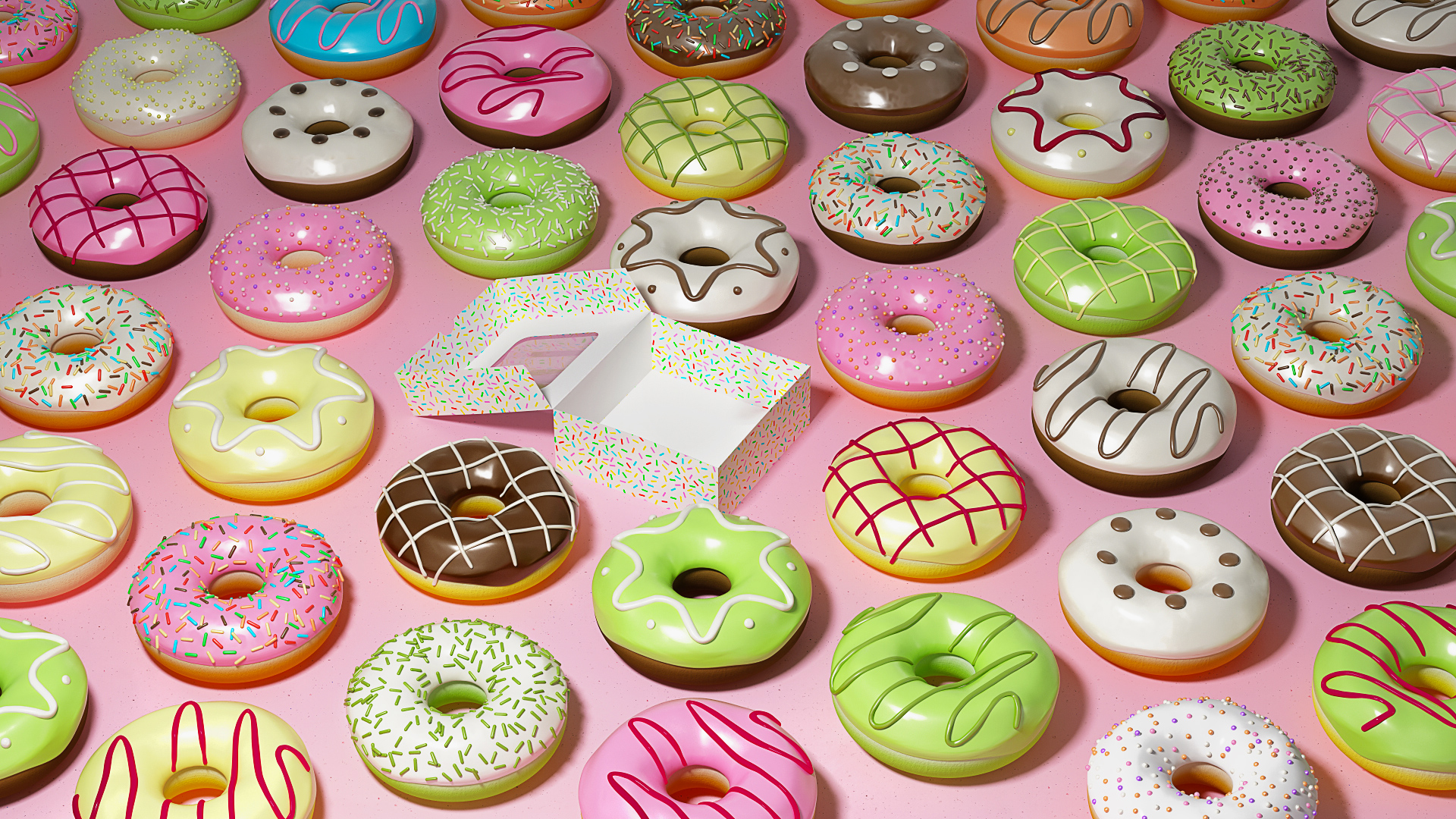Irrationality may be a consequence of the brain’s ravenous energy needs.

Humans often make bad decisions. If you like Snickers more than Milky Way, it seems obvious which candy bar you’d pick, given a choice of the two. Traditional economic models follow this logical intuition, suggesting that people assign a value to each choice — say, Snickers: 10, Milky Way: 5 — and select the top scorer. But our decision-making system is subject to glitches.
In one recent experiment, Paul Glimcher, a neuroscientist at New York University, and collaborators asked people to choose among a variety of candy bars, including their favorite — say, a Snickers. If offered a Snickers, a Milky Way and an Almond Joy, participants would always choose the Snickers. But if they were offered 20 candy bars, including a Snickers, the choice became less clear. They would sometimes pick something other than the Snickers, even though it was still their favorite. When Glimcher would remove all the choices except the Snickers and the selected candy, participants would wonder why they hadn’t chosen their favorite.
Economists have spent more than 50 years cataloging irrational choices like these. Nobel Prizes have been earned; millions of copies of Freakonomics have been sold. But economists still aren’t sure why they happen. “There had been a real cottage industry in how to explain them and lots of attempts to make them go away,” said Eric Johnson, a psychologist and co-director of the Center for Decision Sciences at Columbia University. But none of the half-dozen or so explanations are clear winners, he said.
In the last 15 to 20 years, neuroscientists have begun to peer directly into the brain in search of answers. “Knowing something about how information is represented in the brain and the computational principles of the brain helps you understand why people make decisions how they do,” said Angela Yu, a theoretical neuroscientist at the University of California, San Diego.
Glimcher is using both the brain and behavior to try to explain our irrationality. He has combined results from studies like the candy bar experiment with neuroscience data — measurements of electrical activity in the brains of animals as they make decisions — to develop a theory of how we make decisions and why that can lead to mistakes.
Glimcher has been one of the driving forces in the still young field of neuroeconomics. His theory merges far-reaching research in brain activity, neuronal networks, fMRI and human behavior. “He’s famous for arguing that neuroscience and economics should be brought together,” said Nathaniel Daw, a neuroscientist at Princeton University. One of Glimcher’s most important contributions, Daw said, has been figuring out how to quantify abstract notions such as value and study them in the lab.
In a new working paper, Glimcher and his co-authors — Kenway Louie, also of NYU, and Ryan Webb of the University of Toronto — argue that their neuroscience-based model outperforms standard economic theory at explaining how people behave when faced with lots of choices. “The neural model, described in biology and tested in neurons, works well to describe something economists couldn’t explain,” Glimcher said.
At the core of the model lies the brain’s insatiable appetite. The brain is the most metabolically expensive tissue in the body. It consumes 20 percent of our energy despite taking up only 2 to 3 percent of our mass. Because neurons are so energy-hungry, the brain is a battleground where precision and efficiency are opponents. Glimcher argues that the costs of boosting our decision-making precision outweigh the benefits. Thus we’re left to be confounded by the choices of the modern American cereal aisle.
Glimcher’s proposal has attracted interest from both economists and neuroscientists, but not everyone is sold. “I think it’s exciting but at this point remains a hypothesis,” said Camillo Padoa-Schioppa, a neuroscientist at Washington University in St. Louis. Neuroeconomics is still a young field; scientists don’t even agree on what part of the brain makes decisions, let alone how.
So far, Glimcher has shown that his theory works under specific conditions, like those of the candy bar experiment. He aims to expand that range, searching for other Freakonomics-esque mistakes and using them to test his model. “We are aiming for a grand unified theory of choice,” he said.
Divide and Conquer
The brain is a power-hungry organ; neurons are constantly sending each other information in the form of electrical pulses, known as spikes or action potentials. Just as with an electrical burst, prepping and firing these signals take a lot of energy.
In the 1960s, scientists proposed that the brain dealt with this challenge by encoding information as efficiently as possible, a model called the efficient coding hypothesis. It predicts that neurons will encode data using the fewest possible spikes, just as communication networks strive to transmit information in the fewest bits.
In the late 1990s and early 2000s, scientists showed that this principle is indeed at work in the visual system. The brain efficiently encodes the visual world by ignoring predictable information and focusing on the surprising stuff. If one part of a wall is yellow, chances are the rest is also yellow, and neurons can gloss over the details of that section. But a giant red splotch on the wall is unexpected, and neurons will pay special attention to it.
Glimcher proposes that the brain’s decision-making machinery works the same way. Imagine a simple decision-making scenario: a monkey choosing between two cups of juice. For simplicity’s sake, assume the monkey’s brain represents each choice with a single neuron. The more attractive the choice is, the faster the neuron fires. The monkey then compares neuron-firing rates to make his selection....MUCH MORE